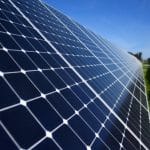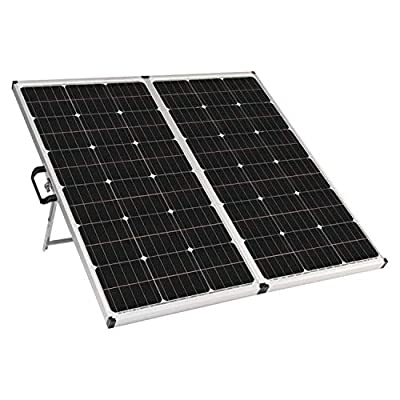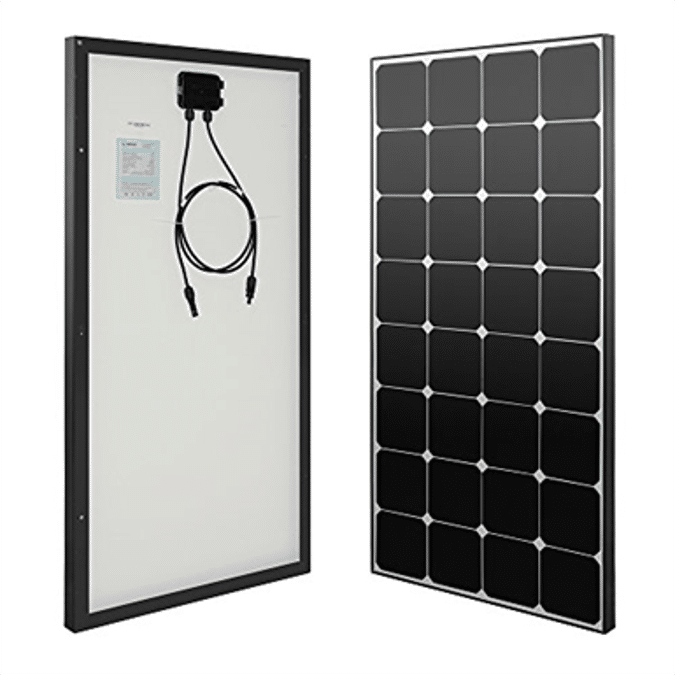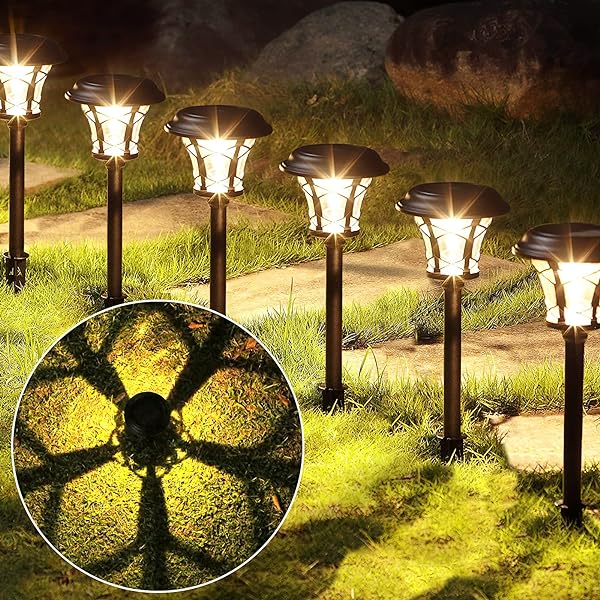If you are concerned with solar energy, be it as a homeowner to generate your own solar power or as a professional seller of solar systems, at some point the question of the long-term reliability of the solar system also arises. In fact, solar modules and systems are investments that should function reliably for decades. The profitability and also the possibility that solar energy is at the center of a new energetic paradigm depends on the long lifespan of the solar system.
For this reason, it is crucial to understand what determines the longevity of solar modules. If you search the Internet and manuals, you will quickly find that the expected product lifetime, which is stated again and again, is at least 25 years. This expectation is based on a variety of criteria. First of all, most manufacturers of solar modules offer a 25-year performance guarantee, even if it is not a 25-year product guarantee . At the time when most of the support schemes were based on feed-in tariffs, these contracts also mostly ran for a period of 20 years. Last but not least, some old systems are still in good use after up to 30 years.
In theory, you can expect solar modules to work well for two to three decades. BUT, it should never be taken for granted. If someone believes that solar energy is only about putting solar modules on a roof and that this guarantees a reliable solar power supply for two decades without any further action, then at best they can experience serious disillusionment and at worst financial problems.
So if you want your solar modules to have a long lifespan, you should know and consider the following 6 points.

1. Quality of the components
This is of course the core. Like any industrial product, the lifespan of solar modules is closely related to the quality of their components. Most solar modules are built with the following components, which are all subject to potential failures:
– glass – it can break under mechanical stress, the coating on the front can deteriorate over time
– aluminum frame – poorly designed frame allows freezing in winter, Fractures under heavy loads such as snow …
– Solar cells – they can have micro cracks, hot spots …
The best manufacturers have developed strict selection methods over time that go beyond what is normally required by international certifications such as IEC 61215. They usually use methods that simulate the stress that the solar modules will be exposed to during their expected life. The influence of temperature fluctuations, UV, moisture and mechanical stress is tested in combination. In the long term, all components react differently to the stress, so the first challenge to ensure a long lifespan for solar modules is to select the right parts list. With the large number of suppliers in the industry, it is not enough just to rely on the supplier’s established certifications and then find a good price . Without established internal testing and selection processes, the risks are significantly increased .
2. Quality of the module
Assembly, together with the selection of the components, the quality and the know-how in the assembly is of utmost importance. So it’s not just a matter of choosing the best components, but also that they harmonize perfectly with each other. Ultimately, the combination of the components will determine the behavior of the solar module in operation.
Quality is an ongoing story in our industry. The solar industry is still a young and burgeoning industry. The level at which high quality standards are equally distributed across the industry has not yet been reached, so you can choose your supplier with your eyes closed. The PV industry has been experiencing aggressive growth for several years and many manufacturers are trying to cut costs in order to maintain margins in the face of intense competition between players. In such an environment, of course, not all products are the same, since compromises can occur along the value chain at the expense of the quality and service life of the solar modules.
3. Installation
quality If you buy the best solar modules but they are installed poorly, this can also have a negative impact on the expected service life of the solar system. There are several elements to consider when installing solar modules:
– Store and transport modules upright to avoid microcracks
– Check all visible defects before installation
– Make sure that the handling does not cause any damage
– Pay attention Proper electrical connections
– Pay attention to inclination and clamping in order to ensure optimal self-cleaning and mechanical resistance
– Avoid shading in order not to unnecessarily strain protective diodes in the module
– Carry out the wiring taking safety into account
4. Degradation
Once your modules are properly installed, their performance will decrease somewhat over time. It is normal and well known. This is mainly caused by thermal stress and mechanical influences. With modern technologies, the degradation should be less than 1% per year.
Most manufacturers display this value in their performance guarantees. In reality, the degree of degradation should normally remain below this.
5. External conditions
Among the things that you cannot fully control are the climatic conditions under which the solar modules will work. If you are in an extremely hot region or in a region with high humidity, this will affect the behavior of your solar modules.
6. Maintenance
An old myth is that solar modules do not require maintenance. This is definitely not the right attitude. When you think about owning a power generation asset and wanting to rely on yourself for the next 20 years, it should actually be one of your top priorities.
First of all, you should combine your solar modules with a monitoring system. Without data, it is much more difficult to know whether your installation is working properly and to identify problems if necessary. And in the end it is fun to always keep an eye on what the solar system reaps in passing.
Then we recommend that you always keep an eye on your solar panels to see if there is any shade (stuck leaves or dust …), have them removed if necessary and carry out regular maintenance work.
If you pay attention to these 6 points, you will have a lot of fun with your solar system and harvest at least the kilowatt hours that you were promised when you bought it.





